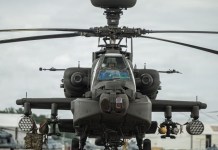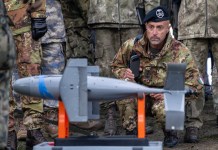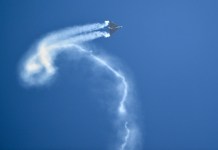The US Air Force recently conducted the largest maritime Weapons System Evaluation Program (WSEP), which it describes as an extremely rare opportunity. The event was held from April 7 to 15, 2022.
It was carried out by the 53rd Weapons Evaluation Group of the US Air Force (USAF), and iterations encompassed air-to-air, air-to-ground, as well as electronic warfare activities, announced USAF in a press release.
The 53rd Wing is the focal point for combat aviation forces in electronic warfare, armament and avionics, chemical defense, reconnaissance, and aircrew training devices. The wing is also in charge of operational testing and assessment of new equipment and systems considered for use by those forces.
In terms of the number of weapons used and targets destroyed, this was believed to be the largest marine WSEP ever conducted. The test was held at Eglin Air Force base and over the Gulf of Mexico.
The A-10s from the 74th Fighter Squadron and the 422nd Test and Evaluation Squadron took part in the exercises and were examined on their maverick and laser-guided weapon capabilities against marine targets.
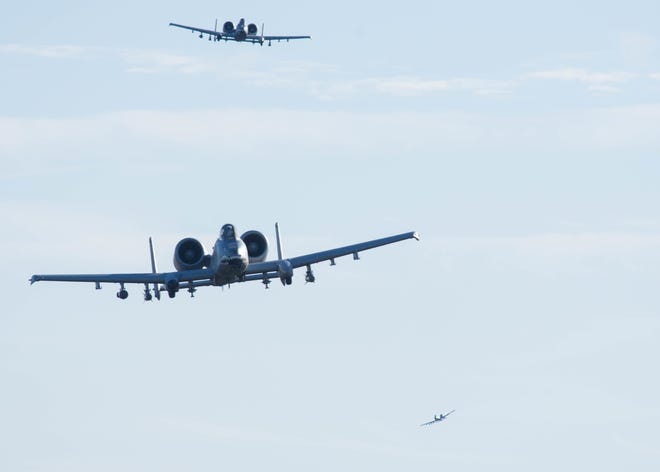
“This is an extremely rare opportunity, as live air to surface weapons ranges with real maritime targets are uncommon,” said Maj. Randall Ott, 59th TES program manager. “Maritime targets are expected in several tactical environments, and being able to prosecute many of them quickly is important to several Combatant Commanders.”
According to the USAF, the 1st Special Operations Wing’s U-28 aircraft aided with target acquisition during the COMBAT HAMMER (air-to-ground) component of WSEP. The B-1 Lancers of the 34th Bomb Squadron also took part in the COMBAT HAMMER phase.
The MQ-9 Reapers of the 12th and 3rd Special Operations Squadrons were employed to accomplish minimal equipment and manpower operations.
To conduct the assessments, all of these aircraft and mission sets made use of Eglin’s numerous water ranges, airspace, and surroundings. The 96th Test Wing’s Range Group is in charge of the ranges. The 96th Operations Support Squadron is in charge of the event’s program and the airspace.
Steps Involved In The Program
Months before the event, preparations were made to coordinate the types and number of aircraft and weapons, target requirements, airspace, and so on. Coordinators assist range operators to secure the necessary marine equipment, such as the Gulf Range Armament Test Vessel.
It is a barge that has been sent to the Gulf of Mexico test region and houses the equipment as well as the 24 people needed to run it. The floating test center handles mobile microwave, communications, telemetry, and camera footage.
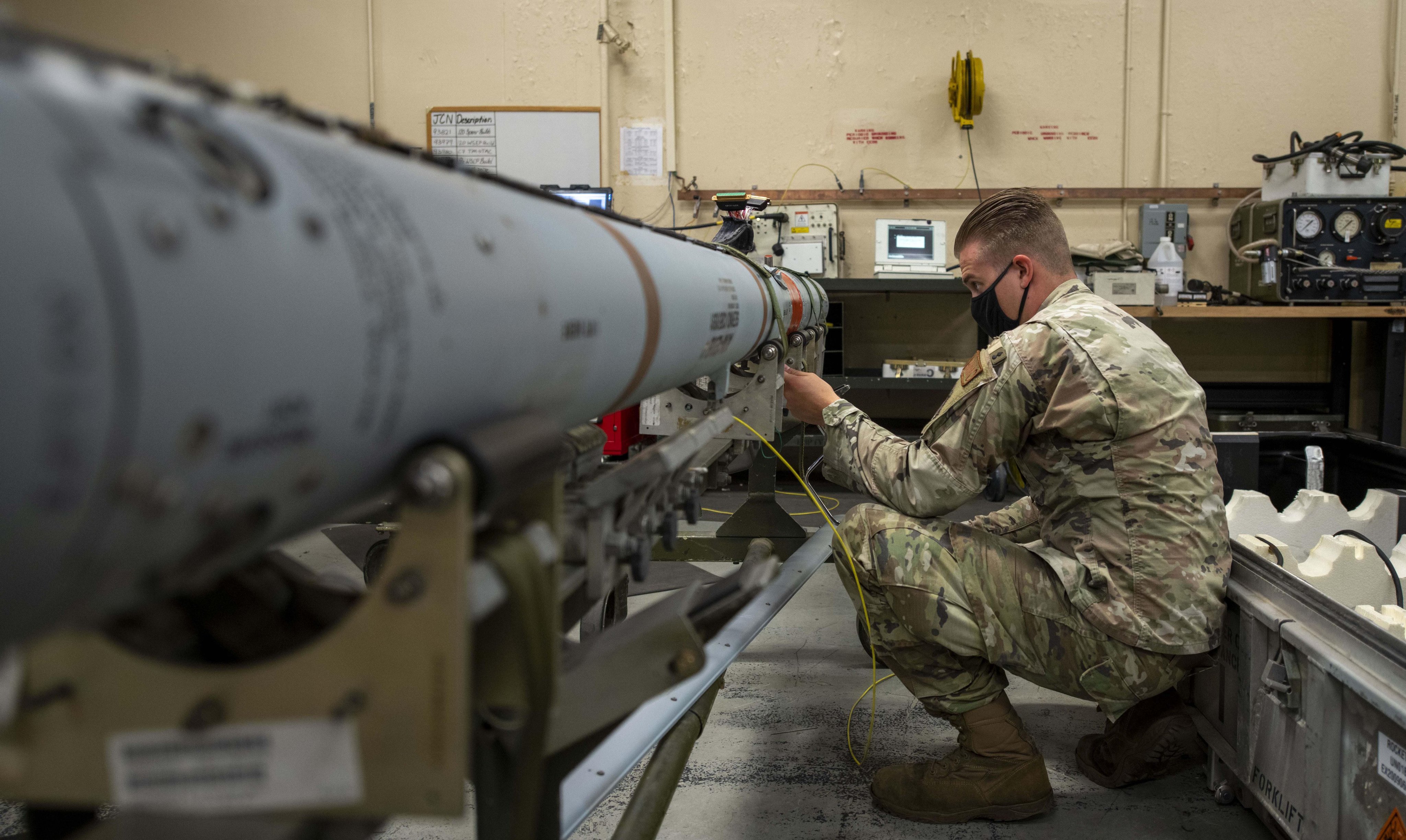
The 96th Range Control Squadron assumed control during the drill. The squadron is in charge of the central control facility, which oversees the entire mission. Communication between test directors, controllers, air traffic control, and aircrew is ensured by CCF staff.
They also ensure that mission footage and data supplied to the CCF are presented in real-time for data collecting and viewing.
“Documenting failures on the aircraft, personnel, and weapons rate of success” and providing that data to Air Force leadership is part of the program’s mission,” said Maj. Nathan Tesch of the 86th Fighter Weapons Squadron, who is the lead evaluator for the MQ-9 Reaper, a multiple-mission unmanned aerial vehicle that was part of the WSEP.
Although much of what happens at WSEP armaments testing is kept under wraps, the Air Force did declare last year that a WSEP held in March 2021 from nearby Tyndall Air Force Base included the world’s longest-known air-to-air missile shot.
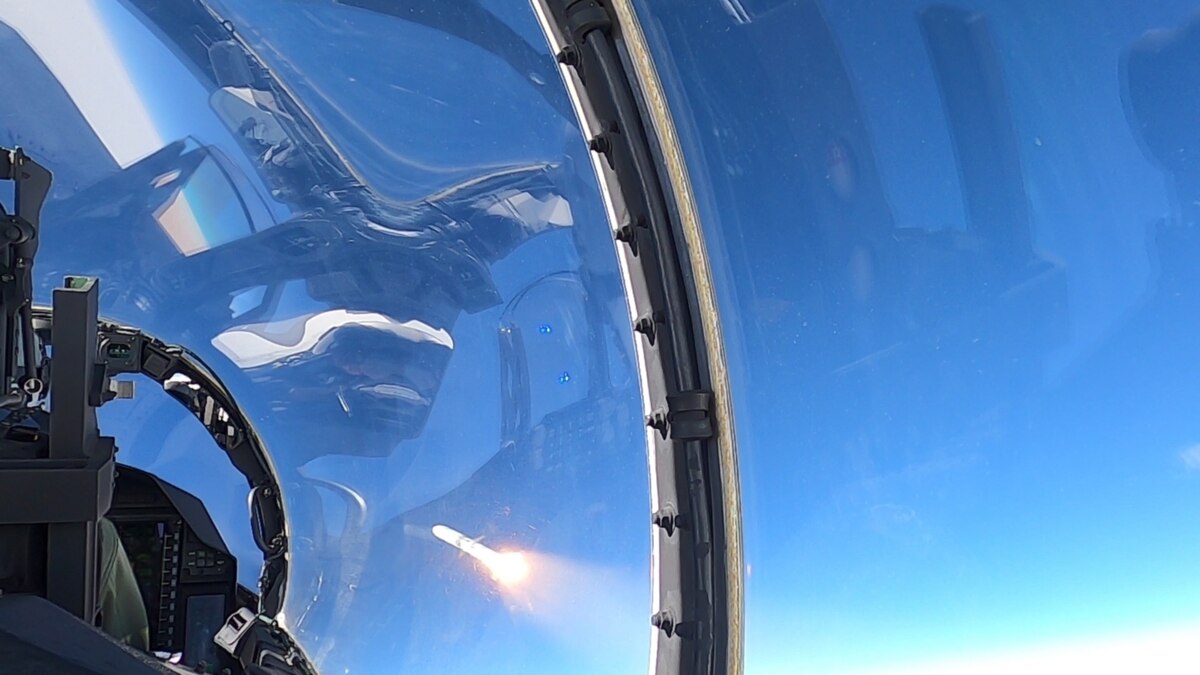
An AIM-120D AMRAAM (Advanced Medium-Range Air-to-Air Missile) was launched from an F-15C Eagle and collided with a BQM-167 subscale drone.
The successful shot’s range was not published, but a 53rd Wing official noted that the missile launching was “an intentional test sortie in which we were trying to accomplish this.”
The AIM-120D, the latest variant of Raytheon Technologies Corporation’s AMRAAM, has a classified range because of fears of disclosing knowledge regarding combat aircraft limitations. According to various media reports focusing on military technology and military contracting, the missile’s range is around 100 miles.
- Contact the author at ashishmichel@gmail.com
- Follow EurAsian Times on Google News

